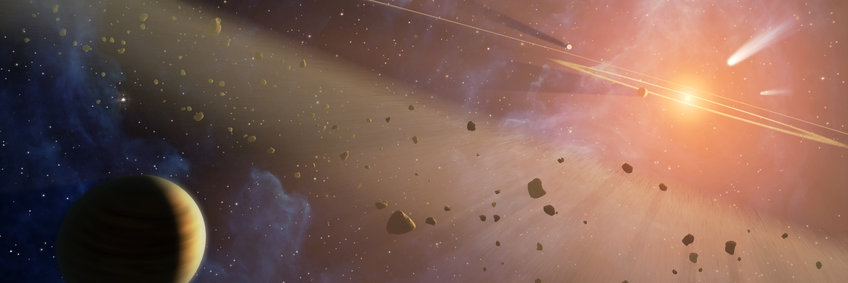
PLANETOIDS: Formation of planetary building blocks throughout time and space
Lise Meitner Group / ERC Starting Grant

Our Galaxy, the Milky Way, contains about one hundred billion stars. Current estimates show that, on average, each of these stars has at least one planet. Planet formation seems to be a universal process and it is truly striking how little it is understood. The PLANETOIDS project is driven by unprecedented progress in exoplanet detections, their characterization, as well as Solar system studies. The recent exoplanets discoveries have seriously challenged the classical theory of planet formation, fully based on the Solar System characteristics. At the same time, thanks to the data returned by numerous space missions and the progress in laboratory measurements of meteoritic samples, we are learning much more about the Solar System and its past. The ultimate goal of the PLANETOIDS project is to develop a new planet formation theory that will consistently explain the origin of the Solar System and exoplanets within one framework.
In particular, the PLANETOIDS project aims to bridge a major gap present in the state-of-the-art planet formation theory, which has to do with the emergence of the first gravitationally bound building blocks of planets called planetesimals. We aim to build computational models to test how these planetesimals emerge from micron-sized dust grains present in the birthplace of planets, the disks surrounding young stars. Furthermore, we want to check whether planetary cores can emerge quickly enough to explain the annular structures observed in the young disks, such as those seen by ALMA in HL Tauri.












